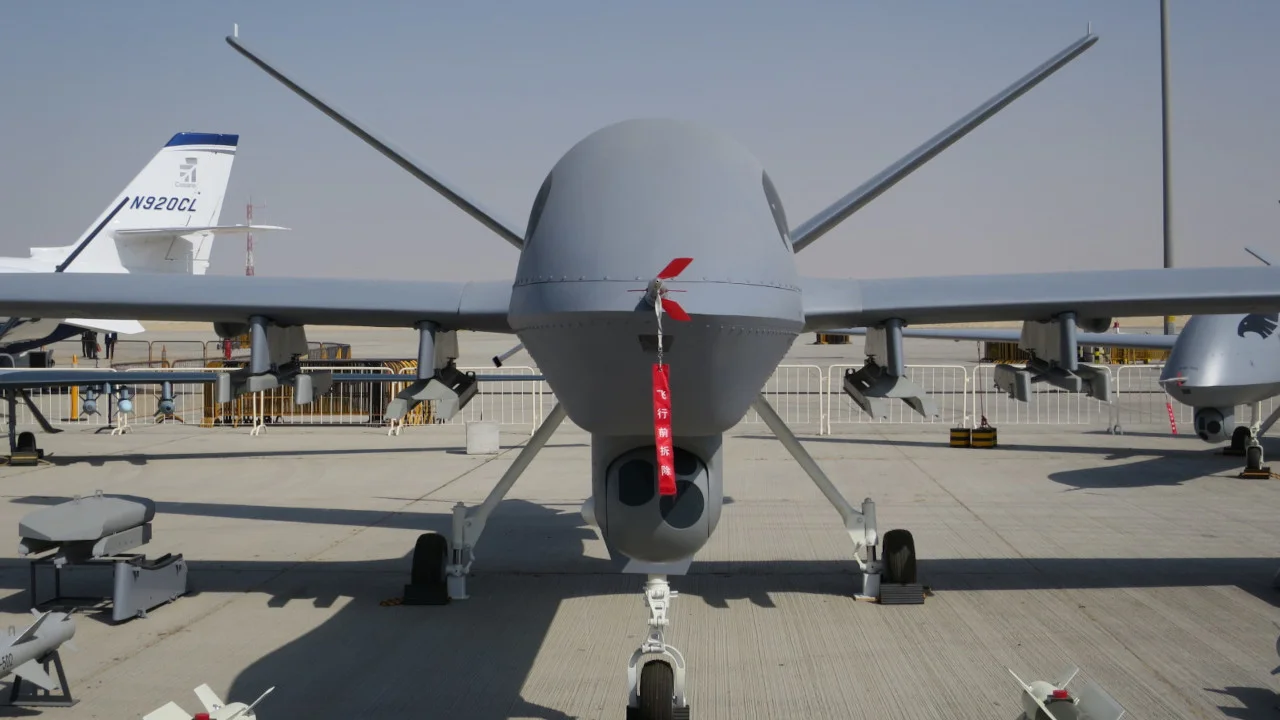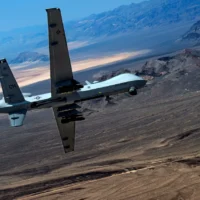Brussels (Brussels Morning Newspaper) – Worldwide military operations use some of the most sophisticated drones currently in existence. Since its first installation around 2001, the technology behind military drones has gone a long way. If you are seeking the most costly drone, you should go no further than the MQ-1 Predator or one of the other autonomous drones employed by the military. Following this, we’ll go into more detail on the operation of these drones.
Exploration into the Technology Behind Military Drones
There are many different applications for drones in the commercial sector. Deliveries are made for certain customers. You may learn more about this drone by learning how package-delivering drones operate. You’ll also get an idea of the maximum load a drone can support.
Today, we will focus primarily on unmanned aircraft currently in use by the military. A great number of individuals have inquiries about the functionality of this technology. The question “How far can military drones fly?” illustrates a significant one.
How are military drones controlled?
They are referred to as RPAS (Remotely Piloted Aerial Systems) or UAVs (Unmanned Aerial Vehicles) by the military (Remotely Piloted Aerial Systems). Drones are the term most generally used to refer to these devices.
When it would be too dangerous or complicated to fly a human aircraft, many turns to using drones instead, they give the forces an “eye in the sky” open around the clock, seven days a week. Each aircraft can maintain flight for up to 17 hours, during which time it may hover above a region and transmit real-time pictures of the events taking on below.
Small intelligence, surveillance, and reconnaissance craft, some of which are light enough to be launched by hand, are among those used by the United States Air Force and the Royal Air Force. Large spy aircraft and medium-sized armed drones are also among those utilised by these two air forces.
President Obama has stated that drones carry out strikes against suspected terrorists in Pakistan’s tribal regions frequently, even though the United States does not typically talk publicly about operations employing drones.
The employment of such unmanned aircraft in the region was initiated under the administration of George W. Bush, but it has more than quadrupled during the administration of Barack Obama.
Many armed forces members believe that drones can deliver accurate attacks without the necessity for more invasive military operations. Despite this, they have been the subject of debate.
The strikes in Pakistan have resulted in the deaths of hundreds of individuals, including civilians as well as terrorists, which has caused an outcry. One of the most devastating incidents occurred in March 2011, when forty people lost their lives. It is thought that most of those murdered were civilians attending a tribal assembly.
How do military drones communicate?
Communication signals used by drones include remote control signals, signals received from navigation satellites, and map transfer signals similar to those used by some aircraft. The data for the upline control is sent from the remote control to the drone host, and the signal for the map transmission is transmitted from the host to the remote control end.
How far away can military drones be controlled?
Takeoff and landing are always managed on the ground locally, regardless of the base’s location in the conflict zone. For example, the Creech air force base in Nevada, which is located in the United States, controls many drone operations in Afghanistan.
The aircraft, now known as the MQ-1B Predator, was initially developed as the RQ-1 Predator and was intended to be used for intelligence collection, surveillance, the identification of targets, and reconnaissance. On the other hand, since 2002, it has been armed with two Hellfire II missiles, which enables it to launch an attack at a distance of up to 8 kilometres (five miles).
In contrast, the more recently MQ-9 Reaper was designed to be a “hunter-killer” system from the beginning. It can carry laser-guided bombs like the Paveway II and the GBU-12 and four Hellfire missiles. Its cruise speed is 370 kilometres per hour (230 miles per hour), which is significantly faster than the Predator’s 217 kilometres per hour (135 miles per hour), making it more susceptible to being shot down at low altitudes. Nevertheless, the drones would typically be flown above the range of most of the weapons at the Taliban’s disposal.
Read More: Dutch court hands out guilty verdict to MH17 shooting suspects
Conclusion
Military drones, also known as military unmanned aerial vehicles (UAVS), are the ultimate equipment that every security unit employs for performing difficult and covert surveillance tasks without putting people’s lives at risk. Drones are programmed to carry out a task independently while remotely controlled by an operator using a sophisticated ground control station (GCS Unit). This article teaches us about the inner workings of how do military drones work.



